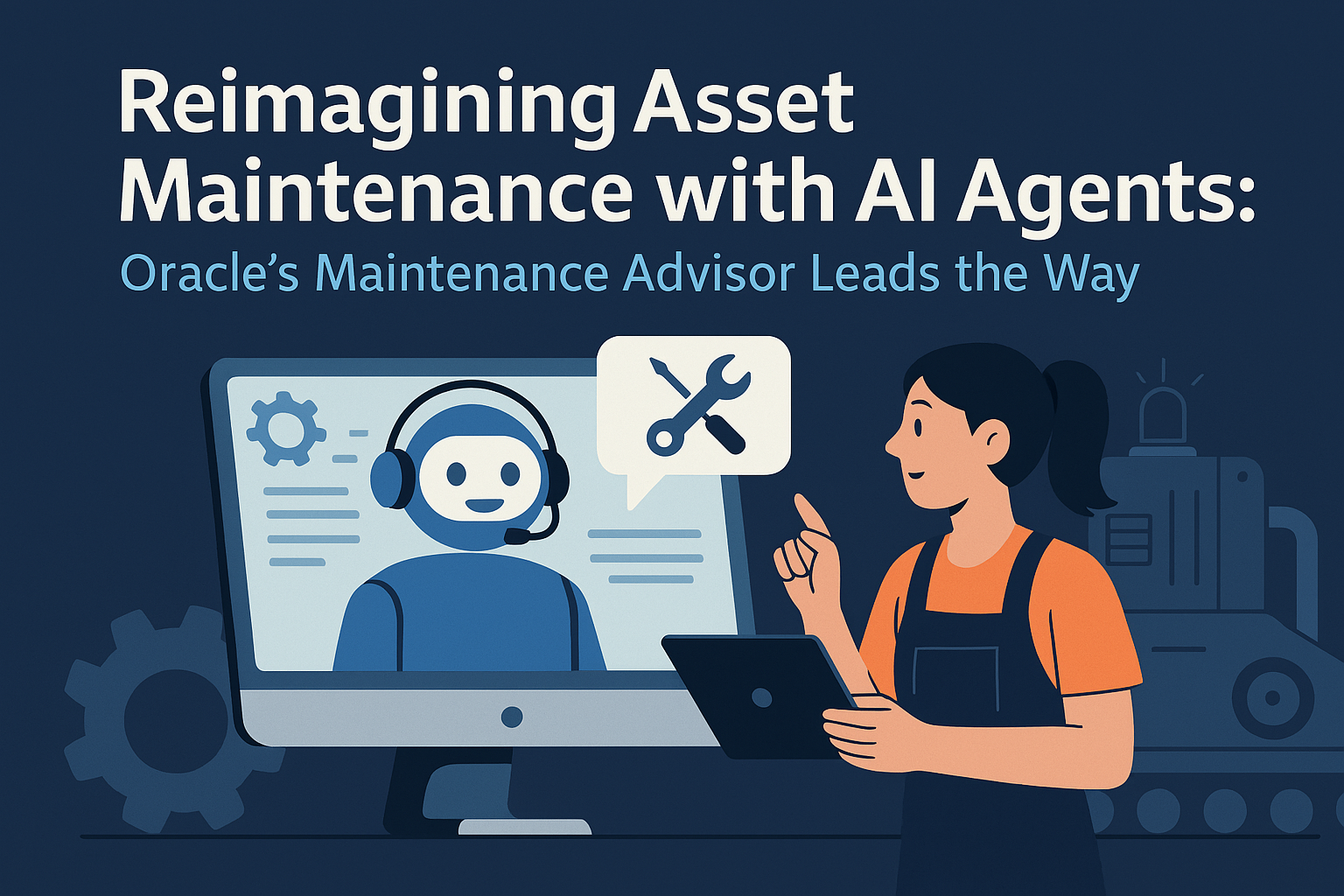News Agencies: The Backbone of Journalism in the Digital Era

News agencies, often referred to as the unsung heroes of journalism, play a pivotal role in gathering, verifying, and distributing news to media outlets worldwide. As the primary source of news content for newspapers, broadcasters, and digital platforms, these agencies have historically set the standard for accuracy and credibility. However, with the rise of digital media and changing consumption patterns, news agencies face unique challenges and opportunities to innovate.
In this blog, we’ll explore the evolution of news agencies, their modern challenges, emerging trends, and how technology and platforms like AiDOOS are reshaping their future.
News agencies such as the Associated Press (AP), Reuters, and Agence France-Presse (AFP) have long served as the backbone of the journalism ecosystem. Their primary responsibilities include:
News Gathering: Operating in regions where traditional media organizations may not have a presence, news agencies provide real-time coverage of events worldwide.
Verification: Agencies are trusted for their rigorous fact-checking processes, ensuring the accuracy of their reports.
Content Distribution: From breaking news to feature stories, they supply content to newspapers, TV stations, and digital platforms.
Multimedia Services: Modern agencies provide video, photo, and audio content to meet the needs of various media formats.
While news agencies remain critical to global journalism, they face significant challenges in the digital age:
Real-Time Competition: Social media platforms often disseminate breaking news faster than traditional agencies, challenging their relevance in real-time reporting.
Declining Revenue: With media outlets cutting costs, many agencies face reduced subscriptions and licensing revenue.
Fake News and Misinformation: Combatting misinformation requires agencies to invest heavily in verification technologies and processes.
Adaptation to Multimedia: The demand for video and interactive content has increased, requiring agencies to diversify beyond text-based reporting.
Cost of Global Operations: Maintaining a network of correspondents, photographers, and videographers across the globe is resource-intensive.
Platform Dependency: Many agencies rely on third-party platforms like Twitter or YouTube to distribute content, making them vulnerable to algorithm changes.
To overcome these challenges and stay relevant, news agencies are embracing several trends:
AI in News Gathering: Artificial intelligence is being used to monitor events, analyze social media chatter, and generate preliminary reports.
Fact-Checking Automation: Tools like Factmata and Logically help agencies verify information at scale, combating the spread of fake news.
Data Journalism: News agencies are investing in data-driven reporting, providing insights and visualizations that enrich storytelling.
Multimedia Storytelling: Incorporating video, infographics, and interactive elements has become essential to meeting the needs of modern audiences.
Subscription-Based Models: Agencies are offering tiered subscription services, allowing clients to access premium content and analytics.
Regional Focus: Localized content tailored to regional audiences helps agencies expand their reach and relevance.
Sustainability Initiatives: Agencies are adopting eco-friendly practices, such as digital-first workflows and carbon-neutral operations.
Technology is at the heart of transformation in news agencies, enabling them to enhance efficiency, accuracy, and engagement:
Artificial Intelligence (AI):
Event Detection: AI tools monitor global events in real-time, identifying newsworthy stories.
Content Summarization: AI generates concise summaries of lengthy reports, making content more digestible.
Translation Services: AI-powered language tools enable multilingual content distribution.
Blockchain for Trust: Blockchain ensures transparency and authenticity in the reporting process, building trust in an era of misinformation.
Augmented Reality (AR) and Virtual Reality (VR): News agencies are exploring AR/VR to create immersive experiences, such as virtual tours of conflict zones.
Big Data Analytics: Advanced analytics tools help agencies track audience preferences and optimize content distribution strategies.
Cloud-Based Workflows: Cloud platforms enable global teams to collaborate seamlessly, reducing costs and improving efficiency.
Satellite Journalism: Satellite technology enhances coverage in remote or inaccessible regions, providing real-time updates.
Some news agencies are setting benchmarks for innovation and adaptation:
Reuters: Reuters has embraced AI for event detection and content personalization while investing in video and multimedia storytelling.
Associated Press (AP): AP uses blockchain to track photo authenticity and has expanded its data-driven journalism capabilities.
Agence France-Presse (AFP): AFP has integrated AI into its operations to streamline content production and fact-checking processes.
Bloomberg: Bloomberg leverages big data and AI to deliver financial news and analytics, catering to niche markets with precision.
Platforms like AiDOOS can empower news agencies to innovate and scale by offering:
Access to Expert Talent: Connect with journalists, data analysts, multimedia designers, and fact-checkers on demand, reducing operational overhead.
AI Integration: Implement AI-driven tools for event monitoring, content summarization, and language translation.
Workflow Automation: Automate repetitive tasks, such as metadata tagging and report formatting, to improve efficiency.
Scalability: Scale teams and resources based on coverage needs, whether for breaking news or long-form investigative projects.
Cost Optimization: Reduce infrastructure costs by leveraging cloud-based solutions and remote talent pools.
Technology Enablement: Support the adoption of AR/VR, blockchain, and data analytics for enhanced reporting and audience engagement.
The future of news agencies lies in their ability to adapt to a multi-platform, multimedia world. Key drivers of transformation include:
Hyper-Personalization: Tailoring news content to individual preferences using AI and data analytics.
Collaborative Journalism: Partnering with digital platforms and regional outlets to expand reach and relevance.
Immersive Storytelling: Leveraging AR/VR to provide deeper insights into complex stories.
Sustainability Goals: Adopting green practices in content production and distribution.
News agencies are the backbone of global journalism, ensuring the flow of accurate, timely, and impactful information. While the digital era has brought challenges, it has also opened doors for innovation and growth. By embracing technology and platforms like AiDOOS, news agencies can streamline operations, enhance storytelling, and build a sustainable future.
In a world where trust in news is more critical than ever, news agencies must continue to lead the charge in upholding the integrity of journalism.

Discover how Oracle’s Maintenance Advisor AI agent is transforming equipment maintenance and repair workflows. Learn its enterprise impact, real-world applications, and the future of AI in industrial operations.